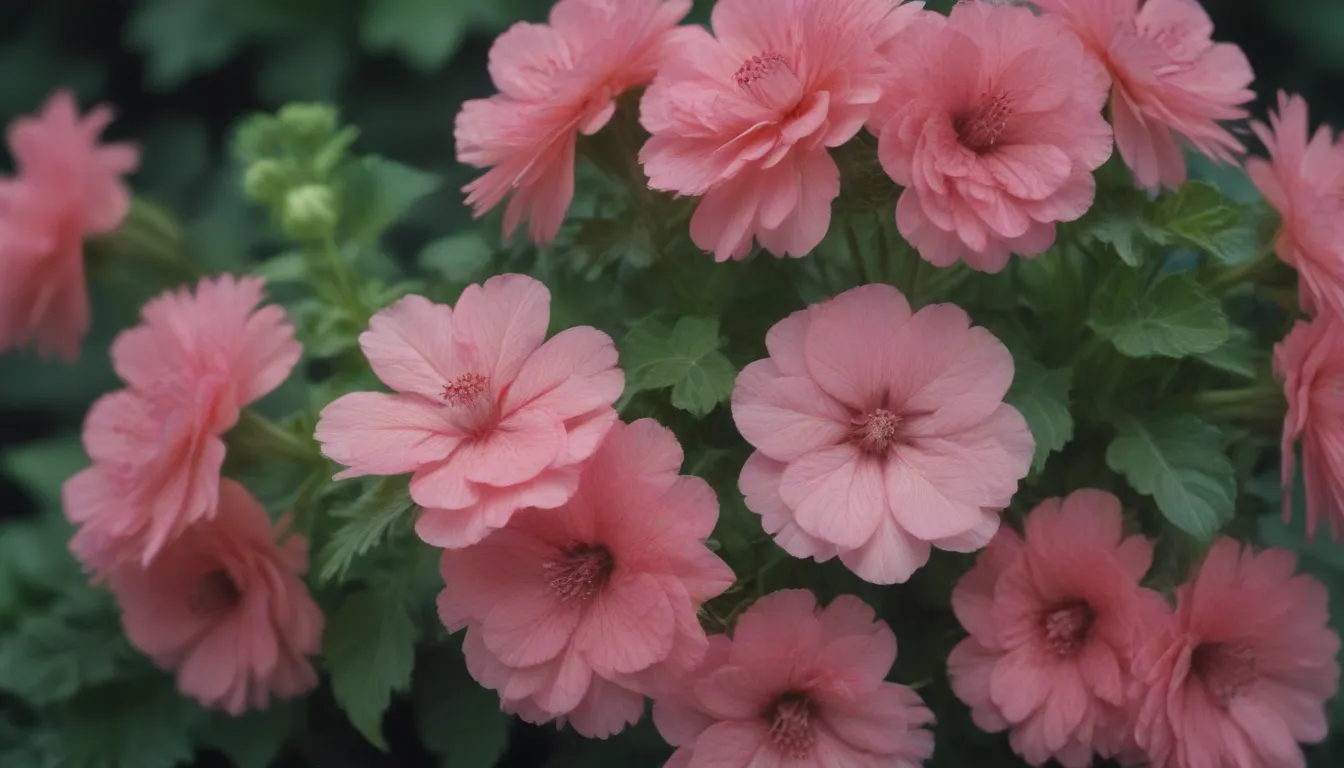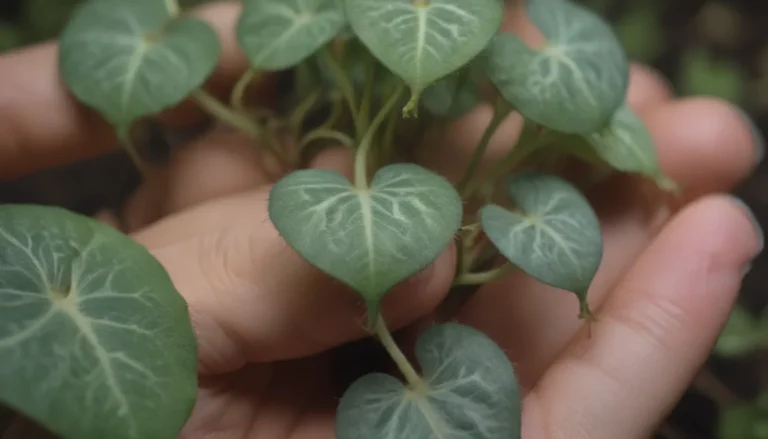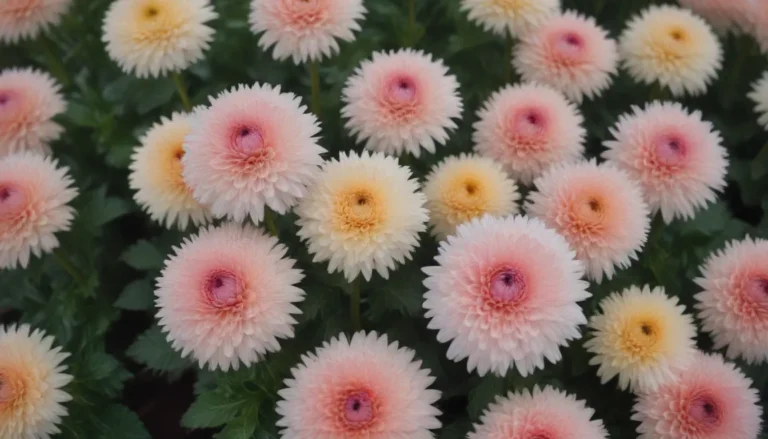Dive into the World of Scented-Leaved Geraniums: A Complete Guide

Are you a fan of plants that not only look beautiful but also emit a lovely fragrance when touched? If so, you may be interested in learning more about scented-leaved geraniums. These delightful plants belong to the Pelargonium genus and are known for their aromatic leaves that release a pleasing scent when brushed against or lightly bruised. In this detailed guide, we will explore everything you need to know to grow and care for scented-leaved geraniums, from the different types available to common problems you may encounter. So, grab your gardening gloves and let’s dive in!
What Are Scented-Leaved Geraniums?
Scented-leaved geraniums are a unique group of plants within the Pelargonium genus that boast fragrant leaves. Unlike true geraniums, which belong to the Geranium genus, these plants are known for their scented foliage rather than their flowers. When the leaves of scented geraniums are crushed or touched, they release fragrant oils that delight the senses. With a variety of leaf shapes, colors, and scents to choose from, these plants add both visual appeal and a delightful aroma to any garden.
Scented-Leaved Geranium Care Tips
Whether you’re a seasoned gardener or a novice plant enthusiast, caring for scented-leaved geraniums is a rewarding experience. Here are some tips to ensure your plants thrive:
Light
- Scented-leaved geraniums prefer full sun but can tolerate partial shade, especially in hot climates.
- Ensure your plants receive at least 6 hours of sunlight per day for optimal growth.
Soil
- Plant scented geraniums in well-draining soil that is not overly rich. Aim for a slightly acidic pH of 5.8 to 6.3.
- Avoid over-fertilizing, as rich soil can diminish the strength of the fragrance in the leaves.
Watering
- These plants are drought tolerant and prefer to dry out slightly between waterings.
- Water when the soil feels dry about an inch below the surface to prevent yellowing and leaf drop.
Temperature and Humidity
- Scented geraniums thrive in hot, humid conditions but can also adapt to dry climates.
- Protect your plants from frost by bringing them indoors during cold weather.
Fertilizer
- Use a light hand when fertilizing scented geraniums to enhance their fragrance.
- Feed potted plants every three to four weeks during the growing season, but withhold fertilizer in winter.
Types of Scented-Leaved Geraniums
With approximately 200 varieties of scented-leaved geraniums available, it can be challenging to choose just one. Here are some standout options that are sure to captivate your senses:
- Apple-scented
- Chocolate mint
- Mosquito plant
- Variegated rose geranium
Pruning and Propagating Scented-Leaved Geraniums
To keep your scented geranium plants looking lush and healthy, regular pruning is essential. Pinch off spent flowers to encourage new blooms and trim back overgrown foliage to maintain the plant’s shape. Additionally, propagating scented-leaved geraniums is easy – simply take root cuttings from existing plants or start seeds indoors for a new generation of fragrant beauties.
Growing and Overwintering Tips
Whether you choose to grow scented-leaved geraniums in pots or in the ground, providing the right care will help your plants flourish. Remember to repot your geraniums in slightly larger containers as they grow and consider overwintering them indoors if you live in a cold climate. With proper light, water, and occasional pruning, your scented geraniums can thrive year-round.
Blooming and Fragrance
While scented geraniums are prized for their aromatic leaves, they also produce delicate flowers in shades of pink, white, or red. To encourage continuous blooming, deadhead spent flowers regularly and ensure your plants receive ample sunlight and water. Enjoy the visual and olfactory delights of these charming flowers in your garden or home.
Common Problems and Solutions
Like any plant, scented-leaved geraniums may encounter issues such as leggy growth, yellowing leaves, or leaf drop. By adjusting light levels, watering habits, and soil conditions, you can address these problems and restore your plants to health. Remember that proper care and attention are key to keeping your scented geraniums thriving for years to come.
In conclusion, scented-leaved geraniums are delightful plants that add beauty and fragrance to any garden. By following these care tips and guidelines, you can cultivate a thriving collection of scented geraniums that will enchant your senses and brighten your surroundings. Happy gardening!





